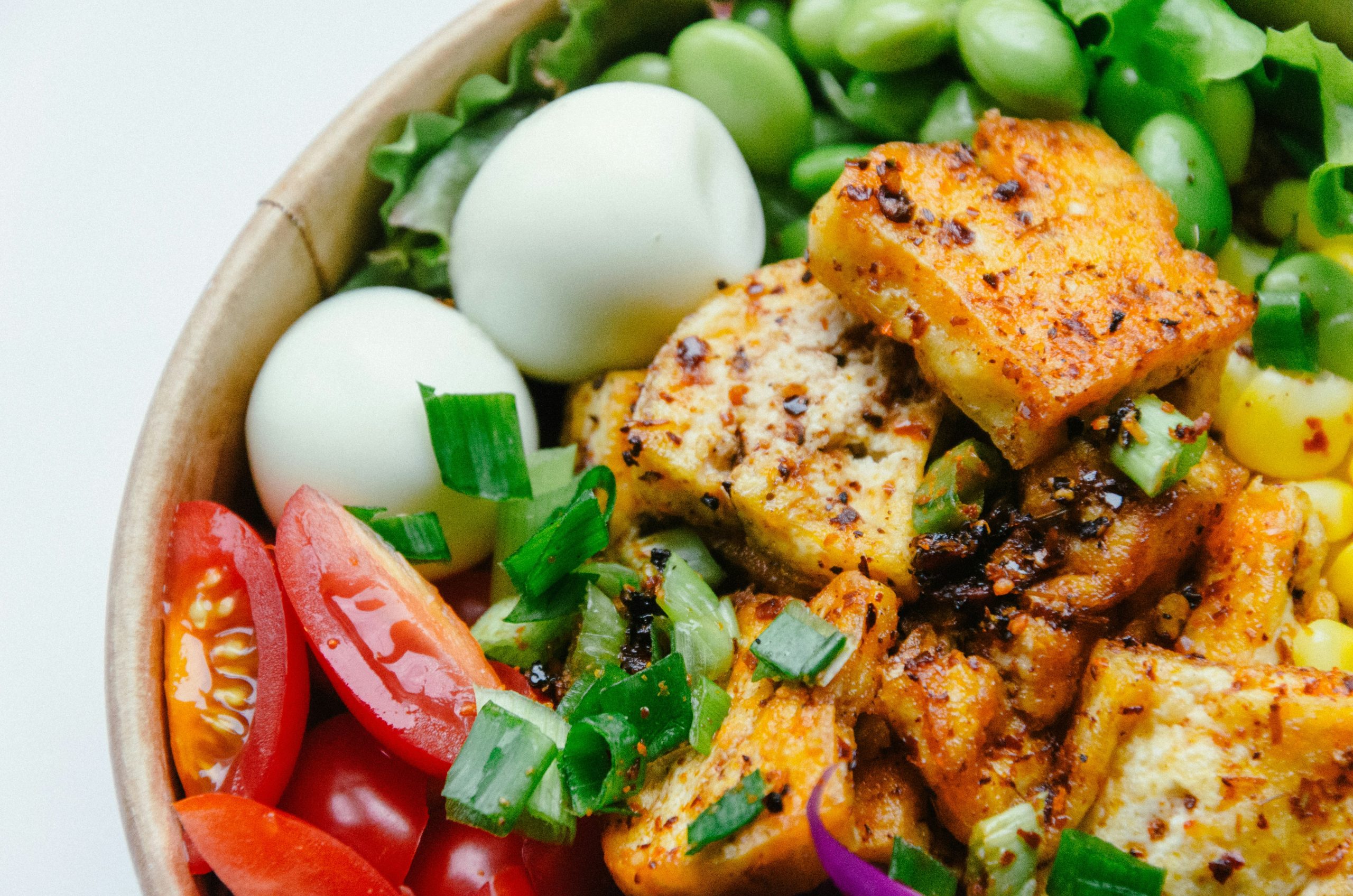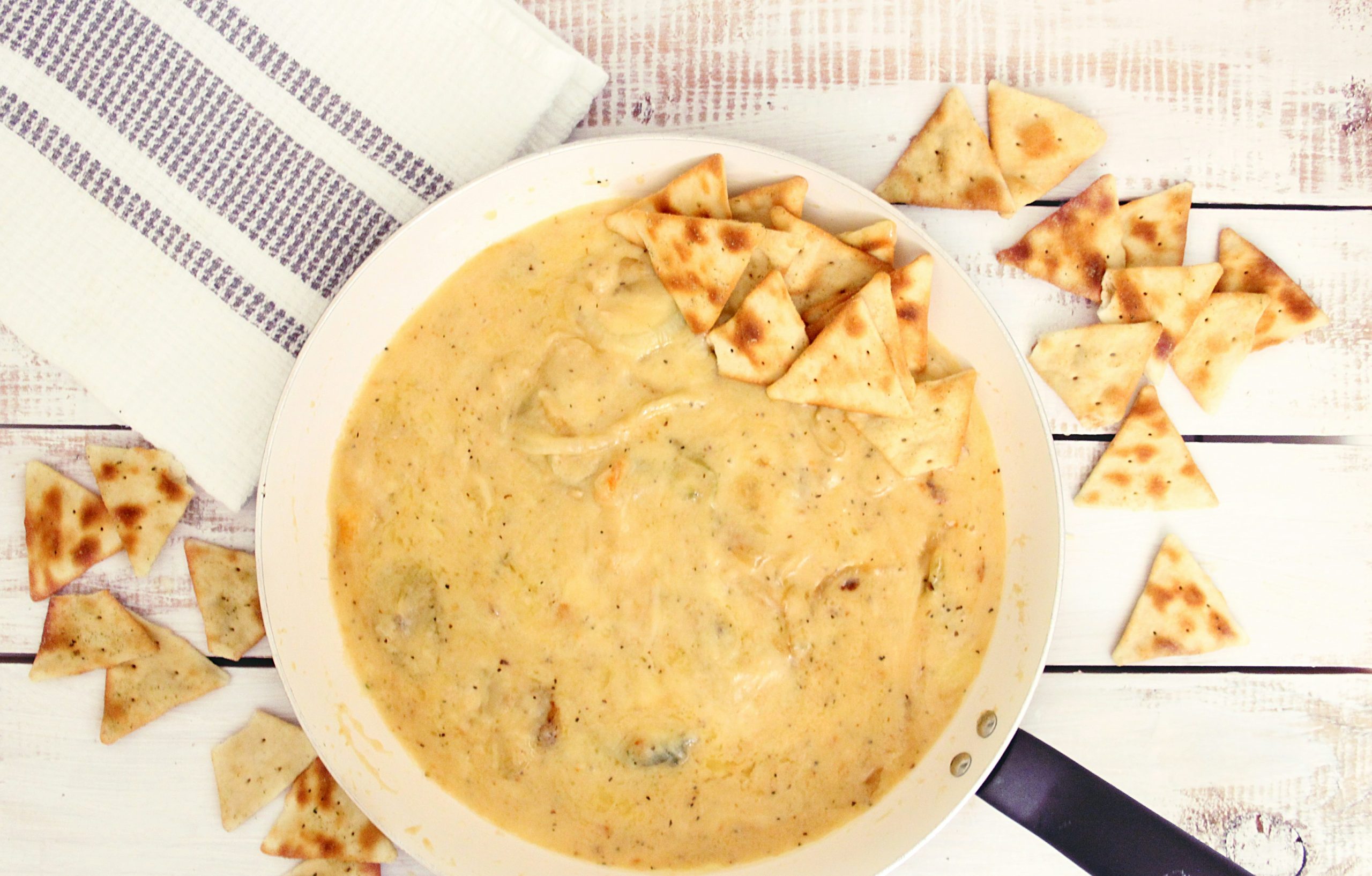Exploring Global Flavors: A Culinary Journey Through Authentic Dishes
You know those moments when you take a bite of something and it feels like you’ve been transported to another part of the world? I remember this one time in a bustling market in Marrakech, where the air was thick with the aroma of spices. As I bit into a warm, flaky pastry filled with almond paste, it was like I could hear the distant call to prayer mingling with the laughter of local vendors. That experience got me thinking about how food really is a passport to different cultures, and how each dish tells its own story. So let’s embark on a culinary journey through some authentic dishes from around the globe, shall we?
Spices of the East: The Wonders of Indian Cuisine
Let’s kick things off with a classic: Indian cuisine. If you’ve ever been to an Indian restaurant, you might have encountered a dizzying array of spices. Honestly, just standing in front of a spice rack can feel like being at a carnival, complete with vibrant colors and heady aromas. Each region in India boasts its own specialties; for instance, you can’t talk about food from Karnataka without mentioning dosas. These thin, crispy crepes made from fermented rice and lentils are often served with a variety of chutneys and sambar (a spicy lentil stew). I still remember the first time I tried making them at home. Let’s just say, my kitchen looked like a flour bomb went off.
The Art of Curry
And then there’s curry. Oh, curry… it’s like the comfort blanket of Indian food. Whether it’s a creamy butter chicken or a fiery vindaloo, each curry has its own unique tale. I once had a friend who swore by her grandmother’s chicken curry recipe, claiming it could cure anything from a cold to a broken heart. (I’m still not sure about that, but I’m willing to try!) The beauty of Indian cooking lies in its diversity—each bite can be a different adventure, flavored by the region’s history and traditions.
Spaghetti and Beyond: Italy’s Culinary Treasures
Now, let’s hop over to Italy, where food is a way of life. It’s hard to think about Italian cuisine without picturing a steaming plate of spaghetti carbonara. But here’s the kicker: did you know that carbonara isn’t just a dish, but a rite of passage? I mean, the first time I attempted to whip it up, I was watching YouTube tutorials like my life depended on it. (Spoiler alert: I burnt the pancetta, and it did not go well.) The secret is simplicity; it’s all about the best ingredients. Quality pasta, fresh eggs, and that glorious pecorino cheese make for a dish that feels like a warm hug on a plate.
Pizza: A Slice of Heaven
And let’s not forget pizza. It’s practically a food group on its own, right? In Naples, where the pizza was born, they do it right with Margherita pizza. The crust is thin and slightly charred, the sauce is fresh, and the mozzarella is like something out of a dairy dream. I remember sitting in a tiny pizzeria, the kind where you can see the chef tossing the dough in the air like a seasoned pro. After one slice, I was convinced that I could never eat frozen pizza again. (And I haven’t—sorry, freezer aisle!)
South America: Flavors of the Andes
As we continue our journey, let’s head south to the vibrant lands of South America. If you’ve never tried arepas, you’re missing out! These cornmeal cakes are a staple in Colombia and Venezuela, and they can be filled with just about anything. I once found myself at a street fair in Bogotá, where I tried an arepa stuffed with cheese and avocado. I was in heaven. Seriously, I could have eaten a hundred of them. (Okay, maybe not a hundred, but you get the idea.)
Argentinian Asado: A Feast to Remember
And then there’s the famous asado, an Argentinian barbecue that’s a social event just as much as a meal. I had the chance to attend one, and let me tell you, it was like a scene from a culinary movie. Grills laden with different cuts of meat, chimichurri sauce drizzling over everything, and laughter echoing around the yard. You can’t rush an asado; it’s about savoring each bite and enjoying the company. (And maybe, just maybe, having a dance-off after a few glasses of Malbec.)
Asia’s Culinary Mosaic: From Sushi to Pho
Next, let’s wander into Asia, a continent with such a rich tapestry of flavors and traditions. Take sushi, for instance. It’s not just raw fish; it’s an art form. I remember the first time I tried to roll my own sushi at home. Let’s just say, it didn’t look quite like the ones in the restaurant. More like a sushi explosion on a plate. But that’s part of the charm, right? The combination of fresh fish, sticky rice, and a dash of wasabi can transport you straight to a seaside market in Tokyo. (And hey, practice makes perfect.)
Vietnam’s Comfort Food: Pho
Now, if you’re looking for comfort, you can’t go wrong with pho. This Vietnamese noodle soup is like a warm hug in a bowl. I first discovered pho during a particularly chilly winter day, and boy, did it hit the spot. The aromatic broth, the tender beef, and the fresh herbs combine into something that just feels like love. Every slurp tells a story, whether it’s of street vendors in Hanoi or family dinners around a bustling table. Plus, the ritual of adding your own lime and chili? It’s a customizable experience that makes each bowl unique.
Middle Eastern Delights: A Symphony of Flavors
The Magic of Tagine
Then there’s the Moroccan tagine, a dish cooked in a conical pot that is as beautiful as the food it produces. You can pack it with all sorts of ingredients—lamb, chicken, vegetables, and an array of spices that dance together in harmony. The first time I had tagine, I was amazed at how such simple ingredients could create an explosion of flavors. It’s like a culinary magic trick! And the best part? Cooking it feels like an ancient ritual, allowing you to connect with Moroccan culture right from your kitchen.
Sweet Endings: Desserts Worth Traveling For
Alright, let’s not forget about dessert! Because really, what’s a culinary journey without a little sweetness? From the classic French macarons to Italian tiramisu, desserts are the cherry on top of any meal. I remember indulging in a flaky baklava in Istanbul, dripping with honey and sprinkled with nuts. It was like biting into a piece of history. (Not that I’m trying to be poetic or anything.) Each region has its own sweet specialties that reflect the local culture, and they’re worth saving room for, trust me.
Final Thoughts: The Journey is the Destination
So, as we conclude this culinary journey, I hope you’ve been inspired to explore the world through food. Each dish is a story, a reflection of the culture and history that created it. Whether you’re cooking at home or dining out, remember that food is a way of connecting with people and places. I mean, who doesn’t love sharing a meal? It’s a universal language that transcends borders, and that’s something truly magical.
Next time you sit down to eat, think about where those flavors come from. Try to recreate that dish you loved from your travels, or explore a new recipe that’s been sitting in your bookmarks. Because, in the end, life is too short not to enjoy the delicious adventure that food brings. Happy eating, my fellow flavor explorers! (And maybe save me a slice of that pizza, okay?)




